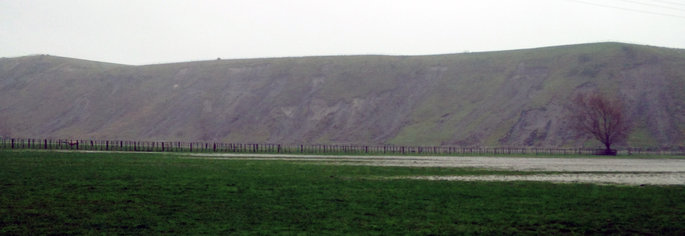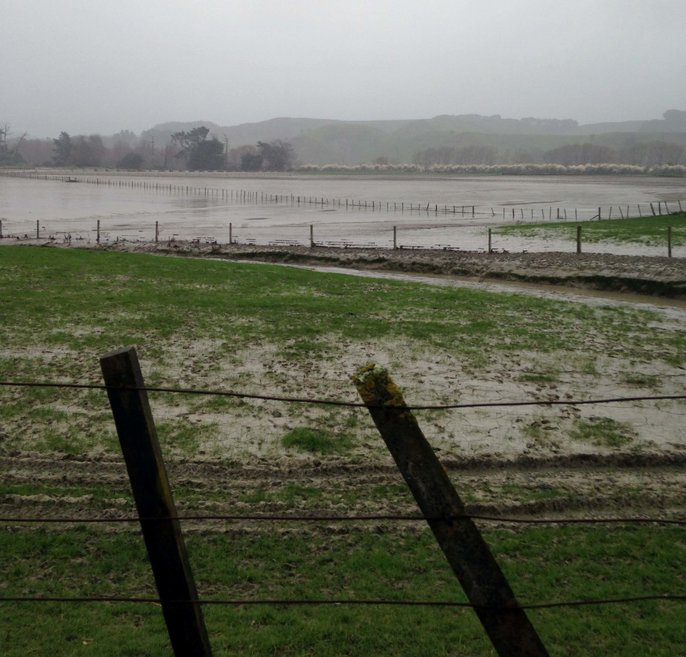Flood damaged pastures? Pasture recovery checklist - 9 steps to get paddocks up & growing again after flooding
This update is all about looking after pastures that have been affected by the recent floods in the lower north island. It’s a challenging time for many, but we did learn a few good lessons back in 2004 that will help get us on the road to recovery a bit quicker this time around. Please call or email your Barenbrug area manager for more information: http://www.Barenbrug.co.nz/contact/Barenbrug-field-team.htm
- Don’t panic. Plan, prepare and then act. That way you have the best chance of a successful result.
- Check for signs of recovery. Where no signs of grass growth have been visible after a week, consider the pasture dead. Weeds like couch, browntop and creeping buttercup are much more likely to survive than ryegrass and clover.
- Check the soil temperature. This is the critical success factor for over-sowing at this time of the year, and up until now it has been too low (i.e. < 10 deg C) in most areas. Seed needs soil temperatures of 10 deg C and rising to get good germination.
- Check the depth of sediment. If it’s less than 50 mm, a reasonable amount of existing pasture may be able to break through and start growing again. Several factors influence this so assess on a case by case basis. When the ground is dry enough to be worked, silt 100 – 150 mm should be cultivated normally and sown in perennial or short-term ryegrass and clover. Where silt is over 200 mm, wait for it to dry, spread it evenly across the paddock and use sub soilers to bring buried soil to the surface. Deeper deposits can be oversown if they are still damp otherwise wait until silt is dry, break up the surface and drill short term ryegrass or oats.
- Check the smell. Smelly silt or sediment is highly anaerobic and this can lead to poor germination and very low establishment of new seed. Anaerobic silts should be aerated or cultivated.
- Check the silt fertility and pH. Most flood deposits have little to no organic matter, low N and may be low in P. They also have limited ability to store fertiliser so large applications are not recommended.
- Use N to help surviving pastures recover from stress – consult your Ballance Agri-Nutrients representative for advice.
- Pick the right cultivars for re-sowing. Italian ryegrass (Tabu) and hybrid ryegrass (Shogun) seed have stronger vigour than perennial ryegrass, with stronger root growth and better establishment under adverse conditions. History has taught us that cheap rye/clover mixes often used after these events cause issues in the future – make sure money is well spent.
- For slips – pasture production is generally slow to recover. For best results oversow with clover (e.g Apex and Weka) and cocksfoot (e.g Safin) and add fertiliser as required (usually P and S are most important).
Click here to see a more detailed decision tree for flood damaged farms.



